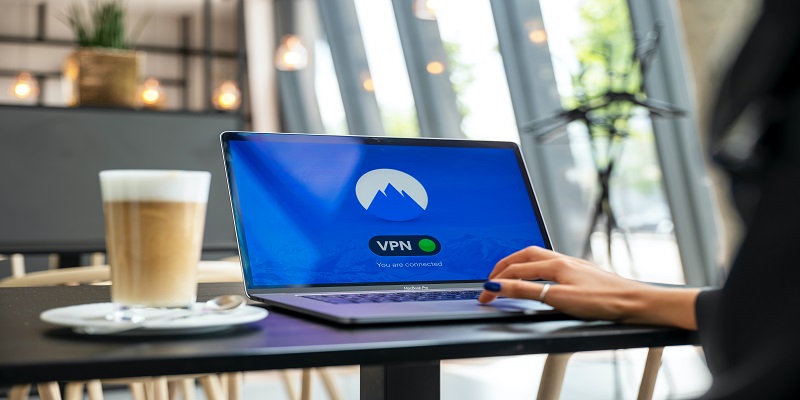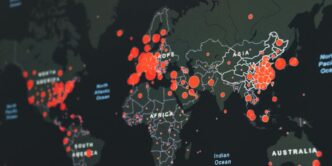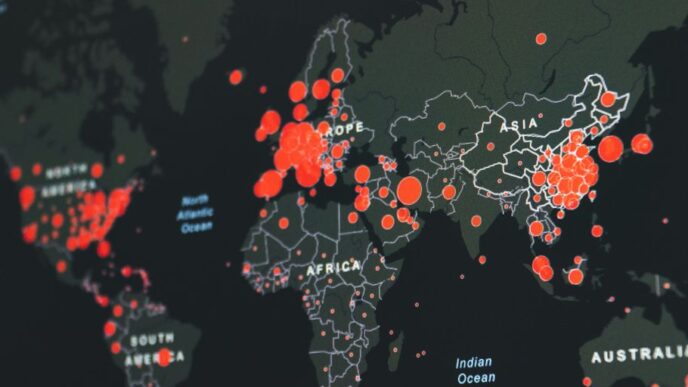Security technology is one weapon that allows enterprise security managers to accomplish their strategic objectives discover new and emerging security technologies and applications here on the cutting edge. When managing a company’s security, an experienced consultant will identify vulnerabilities in current strategies, and determine how to respond or prevent any threat or attack on the critical business data and assets. To ensure the best security management system, any reputable consultant must be familiar with the most current technologies and stay abreast of industry trends to ensure your business is secure. Security consultants offer services of a wide variety-customer consulting, security testing, vulnerability assessment and prevention, configuration management, and service support.
Customer Consulting The primary goal of consulting is to improve a client’s overall security, but the opportunity area can expand into several directions. For example, you might consider cyber security technology for companies involved with online business or e-commerce. Cybercriminals are constantly attacking your customers’ information and systems-from stealing personal data, credit card information, and confidential employee data to stealing commercial information, such as pricing charts or employee training manuals. In addition, your computer network can be exploited by malicious hackers who are looking to gain access to your company’s most valuable intellectual property. There are many more opportunities for threat analysis in this realm, ranging from phishing to the distribution of viruses or other malware. Your consultant can help you identify the risk areas, develop solutions to strengthen your defenses, and recommend how to best protect your system.
Security Testing In this opportunity area, security technology transfer is most often implemented on a rapid and ongoing basis. For example, there are a number of high-tech gadgets and devices that can be put to use in the defense department that does not have a place in the civilian world. These include unmanned aerial vehicles (UAVs), smart gun devices, GPS/RFID technology, infrared cameras, video surveillance, and networking gear. As these technologies become more commonplace in the general marketplace, they will begin to impact the security industry as well. Many of these same technologies that are helping the military fight the wars can also be applied to the consumer market. For example, the UAV is currently in development for the civilian market, meaning that if it is successful, it could be used for a variety of different purposes.

Application Security is the act of preventing a host from gaining access to a system or application. This application includes hackers, malware, and outside incusions. Because so many applications are available over the Internet and are in a position to reach millions of consumers, it is essential for infosec professionals to be able to analyze and evaluate the many threats available to them. This category of infosec also includes cloud security and application security testing. The two types of threats that cloud security poses to a business, as well as an application security evaluation process, overlap significantly.
Identity and Financial Security This category of vulnerabilities is perhaps the most important for infosec professionals to understand. Cybercriminals can hack into a company’s database and gain access to sensitive data. This type of cybercrime, often referred to as a password breach, has been the leading cause of consumer identity theft.
Computer network security, or what is commonly known as computer network security, is the practice of preventing unauthorized access to a system, application, or system information. Although there have been several recent federal efforts to develop specialized software to assist the detection and prevention of computer network security breaches, many companies are still developing their own proprietary forms of preventing unauthorized access. This includes using off-the-shelf software to monitor network activity, creating firewalls, and installing updated firmware. All of these strategies are essential to the proper operation of a modern information technology enterprise.










